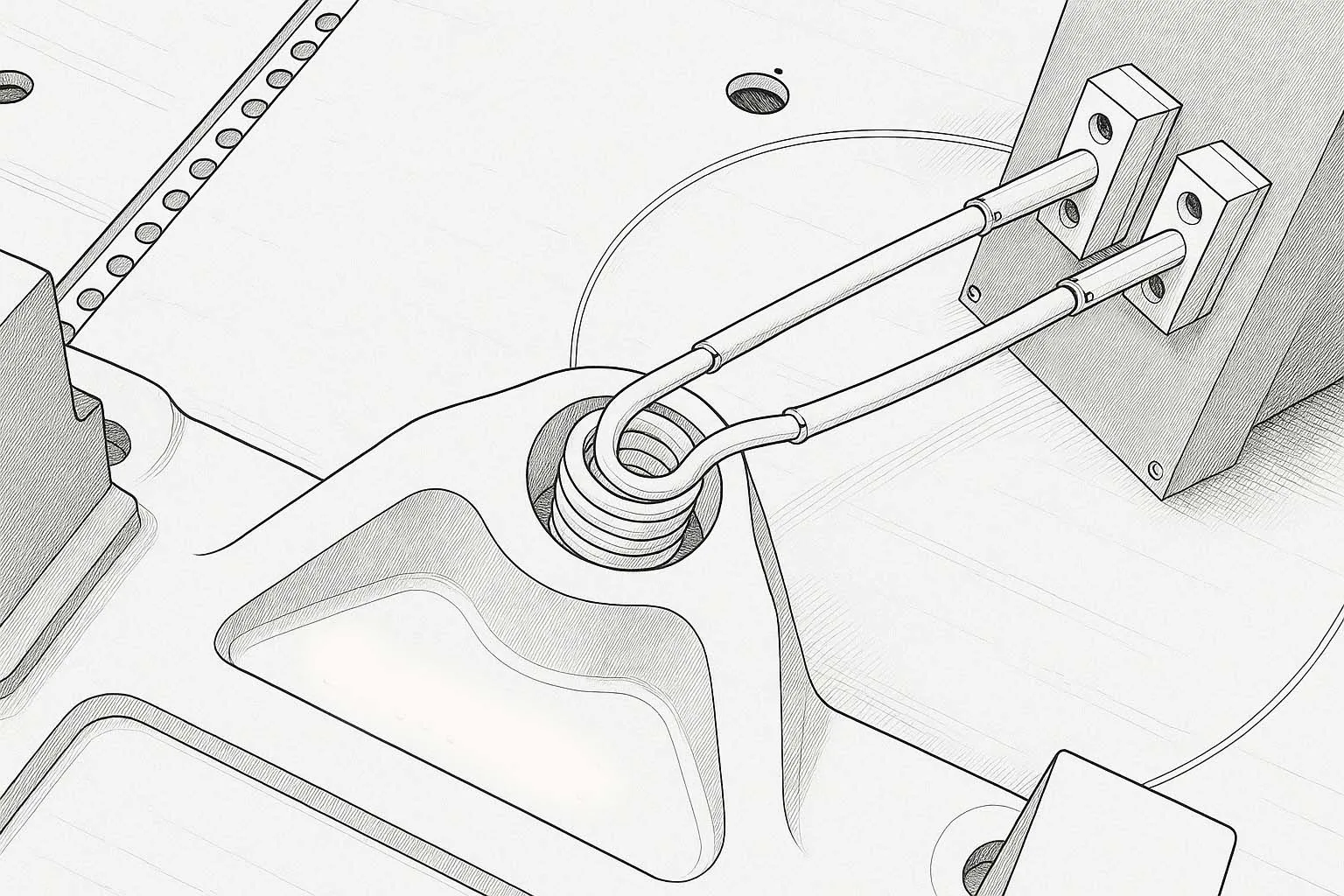What Is Shrink Fitting and How Does Induction Heating Help?
Shrink fitting joins two parts by heating the outer piece so it expands and fits over the inner one. As it cools, it contracts and grips tightly, creating a strong, precise fit without adhesives or fasteners. Compared to slower methods like ovens, induction heating is faster, cleaner, and ideal for modern production.

Shrink fitting is a mechanical joining process widely used across manufacturing industries to achieve strong, permanent assemblies without adhesives, welds, or fasteners. It works by leveraging thermal expansion and contraction. The outer component is heated until it expands, allowing it to slide over an inner component. As the outer part cools, it contracts and grips the inner part tightly, forming a secure, interference fit.
This method is ideal for applications requiring:
- Precision
- Durability
- Elimination of secondary fastening steps
Despite the name, shrink fitting doesn’t involve actual shrinking during the process. The “shrink” occurs as the heated component cools and returns to its original size, locking it in place around the mating part. This differs greatly from the “shrink wrap” commonly associated with packaging.
Common Use Cases:
- Gears mounted on shafts
- Bearings or sleeves fitted onto assemblies
- Retaining rings or housings pressed into position
Traditional Shrink Fitting Methods
While induction heating is widely used today, manufacturers have relied on other heating methods over time. Common techniques and their challenges include:
1. Oven Heating
How it works: Parts are placed inside industrial ovens and heated slowly until thermal expansion enables assembly.
Challenges with this method:
- Long heat-up times, often several hours
- Heats the entire oven environment rather than directly targeting the part
- All parts must maintain fitting temperature until final assembly
- Inefficient for single parts or small batch sizes
- Bulky equipment with risks during handling
2. Open Flame (Torch Heating)
How it works: A torch, typically oxy-acetylene, manually heats the part.
Challenges include:
- Risk of localized overheating or surface damage
- Safety hazards from open flames
- Inconsistent heating from part to part
- Unsuitable for automated or high-volume production
3. Hot Oil Baths
How it works: Parts are submerged in heated oil to reach the required expansion temperature.
Challenges include:
- Messy, high-maintenance work areas
- Safety and environmental concerns due to fumes and fire risk
- Potential contamination of assemblies
- Longer heat-up and cool-down durations
4. Hot Air Guns or Furnaces
How it works: Hot air is applied to the part via blowers or heated chambers.
Challenges include:
- Slow, energy-intensive operation
- Poor temperature control and precision
- Heat disperses over large areas instead of focusing on targeted zones
- Uneven heating on complex parts
Why Induction Heating Is the Preferred Option
Induction heating provides a faster, cleaner, and more automatable alternative to traditional methods. It applies focused heat directly to the part, enabling high efficiency for precision fits and consistent processes.
Key benefits include:
- Rapid, direct heating of the component
- Lower energy consumption and operating costs
- No open flames, fumes, or oil contact
- Enhanced safety and cleaner workplace conditions
- Simple integration into automated production lines
For manufacturers aiming to improve speed, reliability, and quality in shrink fitting, induction heating is the superior long-term solution.

